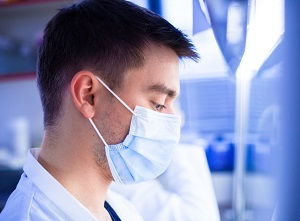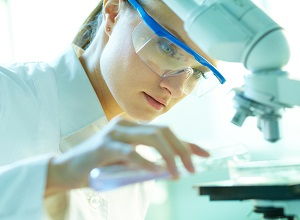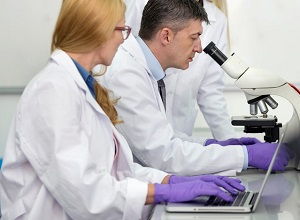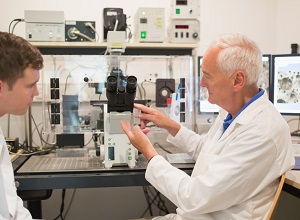Human bionics .... artificial solutions
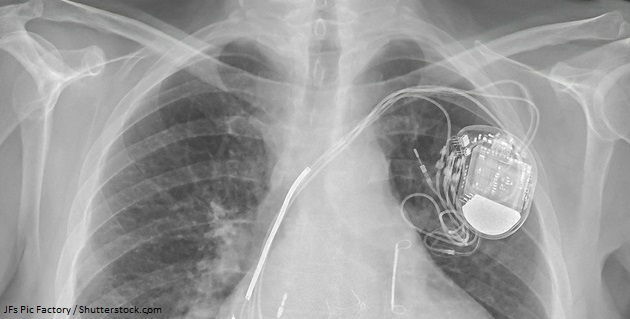
Human bionics is the use of artificial (mechanical / electronic) parts to replace 'biological parts' that may have been lost or diminished in function due to aging, disease or accident. False teeth, hip joints, hearing aids and pacemakers are common. The bionic hand, bionic heart, and basic bionic vision is advancing. Bionics has the potential to offer short term solutions to save lives (e.g. pacemaker for the heart) and maintain a reasonable quality of life (e.g. hearing aids) until the needed molecular & cellular biological solutions have advanced.
Some recent advances include a new bionic eye implant developed by Second Sight (bypassing the optic nerve connecting directly to the brain) which has allowed a woman blind for 7 years to see shapes and colours, and a portable bionic lung from Novalung that can be attached via tubes to leg arteries & veins offering a quick solution (outside the body) with limited trauma.
The technology required to grow a heart in the lab is not yet available. Besides being a sad solution waiting for healthy people to die in accidents etc, the heart donor solution falls hugely short of meeting demand numbers, and when available requires the recipient to take a lifetime cocktail of immune suppressing drugs. Pig hearts have been suggested as a solution to meet human donor heart shortages, though this prospect is viewed as extremely unattractive by most people. The bionic heart is therefore one of the most important bionic devices under development. It has actually been under development for a very long time. The major difficulty with bringing the bionic heart into common use is the power source / energy supply. The battery life is too short for such a demanding device. As survival is more important than cosmetic appearance, could the battery be housed outside the body allowing for easy recharge or replacement, with an internal battery strictly for back-up?

